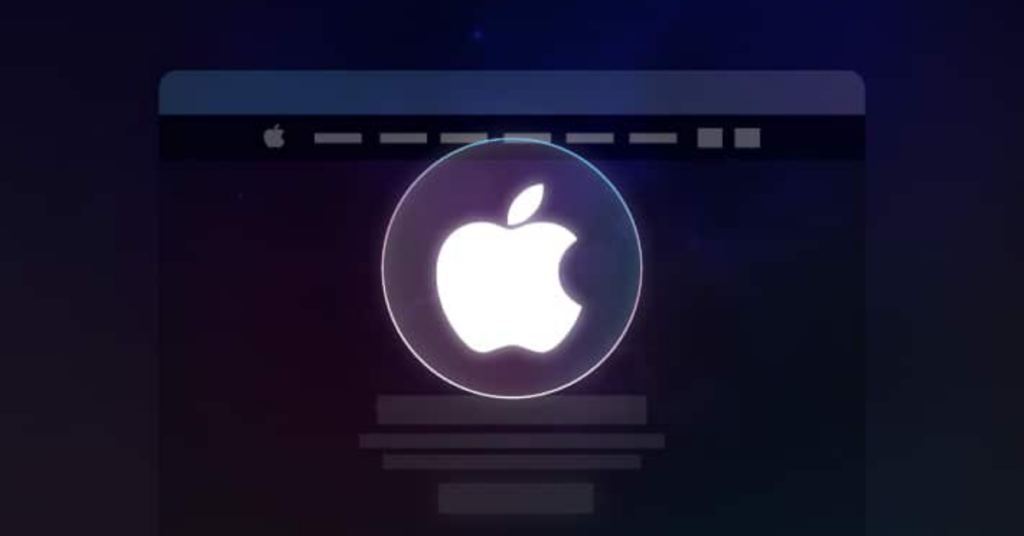Businesses all across the world have been caught in the crossfire of a digital disaster following the latest upgrade dispute between Microsoft and CrowdStrike. The numbers are startling: according to Microsoft, 85 million Windows PCs are impacted, but other reports indicate that over a billion computers may be compromised. This enormous disparity in reported numbers raises serious concerns and illustrates the difficult terrain that businesses must traverse in the wake of incidents of this nature.
Not all of the dust has settled. Numerous companies are still attempting in vain to bring their operations back to normal while dealing with the fallout from this technological earthquake. It serves as a sobering reminder of our growing reliance on networked technologies and the associated risks.
Techniques to Protect Operations Against Digital Catastrophes
What lesson does this mean for medium-sized businesses? How can you prevent future digital catastrophes that could affect your operations similarly? Now let’s discuss some crucial tactics:
1. Sturdy Backup Planning: Nowadays, having a simple disaster recovery plan is insufficient. You require a thorough, up-to-date contingency plan that handles software incompatibilities and update-related outages in particular. This strategy ought to outline precise procedures for communication protocols, backup work processes, and system rollbacks.
2. Tools and Services Diversification: Even though depending on a single ecosystem of products could appear efficient, this occurrence highlights the dangers of placing all of your eggs in one basket. To lessen the effect of provider-specific problems, take into consideration combining products and services from several providers.
3. Staged Releases of Updates: Establish a staged updates policy for your entire organization. To check for incompatibilities, start with a limited number of non-critical systems before spreading extensively. This strategy can guard against problems and act as a cushion for your main business operations.
4. Improved Channels of Communication: Keep the lines of communication open with your software vendors and IT service providers. Frequent check-ins will help you stay informed about impending updates and possible problems, which will improve your readiness and speed up response times.
5. Virtual Playgrounds: Create sandbox settings that closely resemble your operational systems. Before they are implemented in your live environment, use these to test new software integrations and updates. This is an investment that can save a lot of money by averting expensive downtime.
6. Automated Rollback and Monitoring Systems: Use effective monitoring tools that can identify anomalies after updates in a timely manner. Combine this with automated rollback features that, in the event of an issue, can restore systems to their most recent stable configuration.
7. Continuous Staff Development: Make sure everyone on your team is familiar with manual workarounds and alternate procedures. Frequent exercises can keep you prepared for scenarios in which digital systems are compromised.
8. Accountability of Vendors: Don’t be afraid to hold your software vendors responsible. Demand openness, lucidity in communication, and prompt resolution of problems as they emerge. They should also prioritize maintaining your business continuity.
9. Resilient Infrastructure: Take into account implementing an IT infrastructure that is more resilient. This could involve cloud-based backups, redundant systems, or even keeping a few “air-gapped” devices that function separately from your primary network.
10. Continuous Risk Assessment: Evaluate your IT environment’s risk profile on a regular basis. Make sure your continuity plans adapt to new potential sites of failure when new technologies are integrated.
The Microsoft-CrowdStrike event should serve as a reminder to companies of all kinds. It serves as a reminder that disputes between significant entities can have far-reaching effects in our networked digital world. Building an organization that can prosper in spite of these storms is just as important as simply weathering them.
Recall that the question is not whether such an incident would happen again, but rather when. The companies who have taken proactive measures to strengthen their digital resilience and learned from this incident will emerge victorious.
Your biggest value in this constantly changing tech landscape is your capacity to adapt. Keep yourself updated, organized, and—above all—a step ahead of the next big digital disruption. It is essential to your business continuity.




